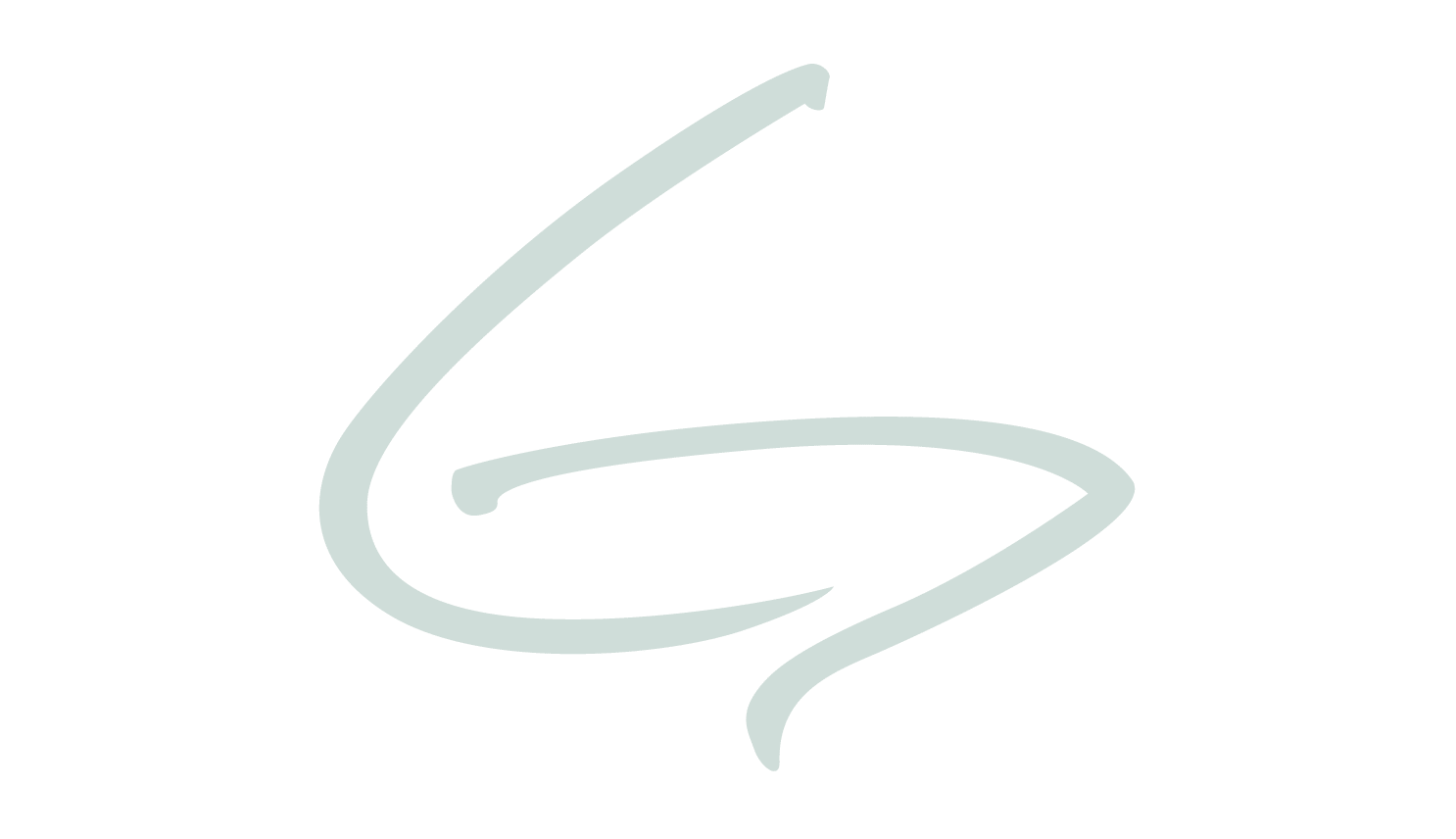August-June
Within us all, there is a creative spark waiting to be ignited. Join us at the Greenacres Arts Center to explore the performing arts. Some types of performances come from scripts or musical scores written, while others come from your own minds! This program is easily customizable for 6th, 7th, or 8th grade arts and core standards.
Fine Arts Standards:
- MU.6.2PR Play a variety of classroom instruments, independently or collaboratively, with increasingly complex rhythms and melodic phrases.
- MU.6.7.8.3PR Improvise, compose and arrange music.
- TH.7.2CE Compare and contrast the basic principles and elements of various theatrical styles (e.g., comedy, drama, tragedy and farce).
- TH.6.3PR Construct an alternate ending for a scripted or improvised dramatic piece that engages audiences.
- TH.8.6RE Use constructive feedback to refine and improve their acting, improvisational or playwriting skills.
Vocabulary:
comedy, drama, tragedy, farce, entertainment, play, improvise
